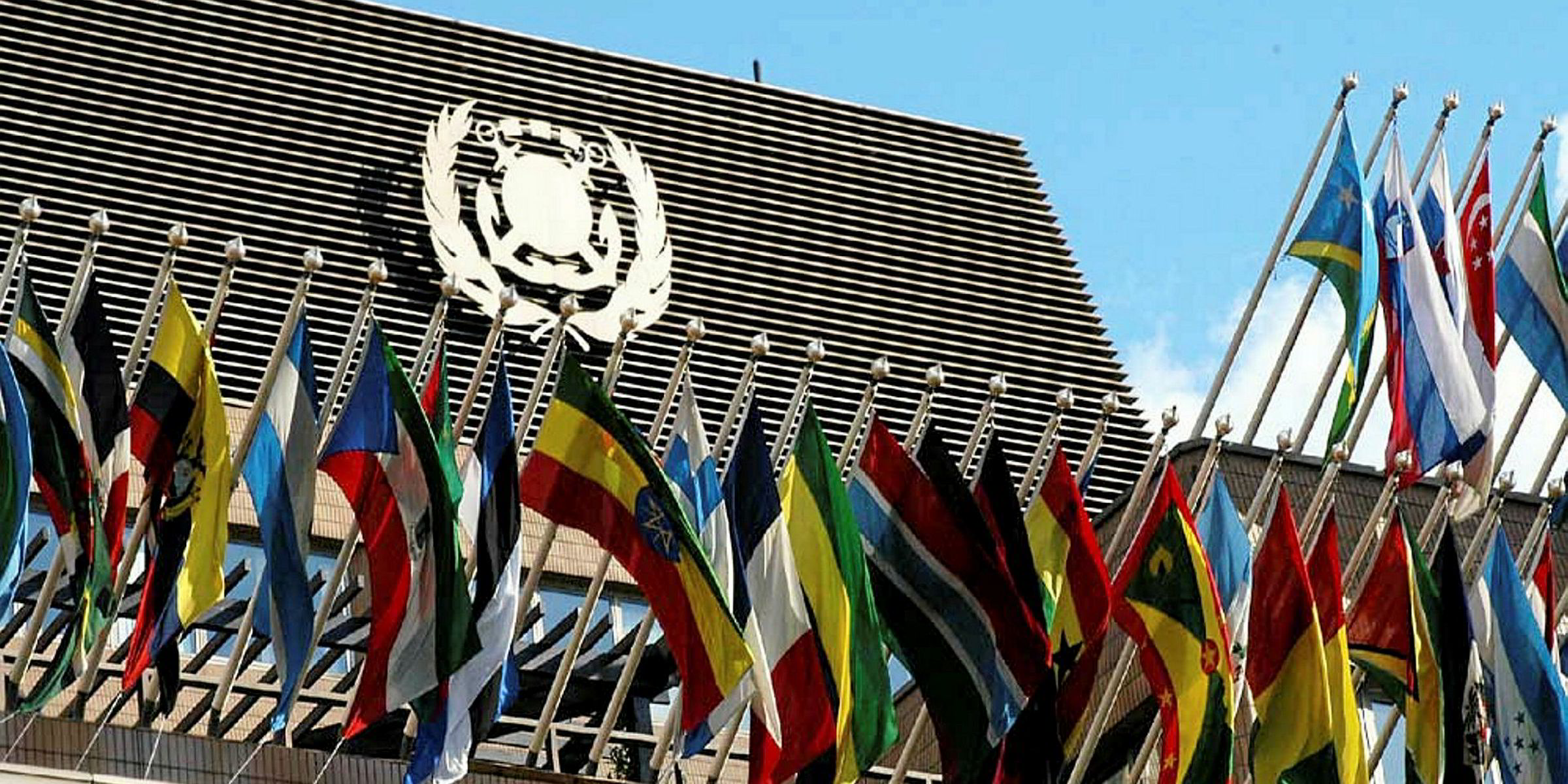The biggest trade groups in shipping - Bimco, Intercargo, International Chamber of Shipping (ICS) and Intertanko – filed a formal proposal on targets on limiting carbon dioxide emissions from the shipping industry ahead of the next International Maritime Organisation meeting on environmental rules.
At the same time, the groups acknowledged that these targets are “aspirational,” and “non-binding in character.”
Since the Paris climate accord does not include legally binding requirements for states to limit CO2 emissions, the groups says “the same approach should be adopted by IMO with response to developing CO2 reduction objectives on behalf on international shipping.”
In their formal proposal, the group says they want to keep shipping’s annual total CO2 emissions below 2008 levels and reduce average CO2 emissions per tonne of cargo transported one kilometre by at least 50% by 2050, compared to 2008.
The trade groups say they want the “IMO to send a clear, unambiguous signal to the global community that shipping’s regulators have agreed to some ambitious objectives for reducing the sector’s CO2 emissions, in the same way that land-based activity is now covered by government commitments under the Paris Agreement.”
Last year, the shipping industry was able to avoid being targeted for specific limits on CO2 emissions set forth in the COP21 accord in Paris. The shipping industry prefers that the IMO set standards rather than “risk the danger of market-distorting measures at the national or regional level.”
Currently, shipping is responsible for an estimated 2.2% of world CO2 output, according to a 2014 IMO study. But a study sponsored by the European Parliament says that shipping's contribution to CO2 emissions could grow to 17% by 2050 if left unregulated.
The IMO’s Marine Environment Protection Committee will meet in London this July to develop a plan for shipping’s CO2 emissions to better align with the Paris agreement’s call for limiting carbon emissions.




